
Creating Connections Blog

Hope After the Holidays: Finding Meaning, Strength, and Connection in the Aftermath of a Hard Season
Reflect on the emotional aftermath of the holiday season with this hopeful guide for couples healing from addiction or betrayal. Explore how small moments, honest reflection, and compassionate awareness create new possibilities for connection and growth.

When Holidays Hurt: Navigate the Season in Recovery With Strength and Honesty
Learn how couples healing from addiction or betrayal can navigate the holiday season with honesty, emotional awareness, and compassion. This research informed guide offers real client stories and practical insights to help rebuild trust and strengthen connection.

Rewriting the Script: Caring for Your Younger Self So You Can Show Up as a Secure Adult in Your Relationships
Discover four essential steps for caring for the “younger self” and showing up as a secure adult in relationships. A trauma-informed guide for couples in recovery and those healing from betrayal.

When the Younger Self Leads: How Unmet Needs Create Adult Reactivity, Neediness, and Disconnection
Learn how the “younger self” influences conflict, intimacy, and emotional reactions in adult relationships. Explore signs, research insights, and practical steps to recognize and regulate childhood-driven triggers.

Right Script, Wrong Players: How the Younger Self Shows Up in Adult Relationships
Discover how childhood wounds create a “younger self” that can sabotage adult relationships. Learn the psychology behind “Right Script, Wrong Players”, plus practical steps to heal and build secure connections.

Sacred Space for Connection: Why Every Couple Needs Time Away
Discover how creating sacred space — like a couples retreat — strengthens emotional connection, trust, and intimacy. Learn how 30 couples reconnected in Colorado Springs.

What to Look for in a Trustworthy Husband
For betrayed partners, one of the hardest questions is knowing whether a husband is truly becoming trustworthy again. This post provides a clear roadmap, using the Intimacy Pyramid framework, for identifying the difference between performance and real change. You’ll learn what congruence looks like, why humility and accountability matter, and how emotional availability shows up in everyday life. Drawing from betrayal trauma research and real client stories, this blog equips partners with practical ways to discern whether their husband is showing genuine transformation. If you’re searching for signs of hope and safety after betrayal, this guide offers clarity and reassurance.
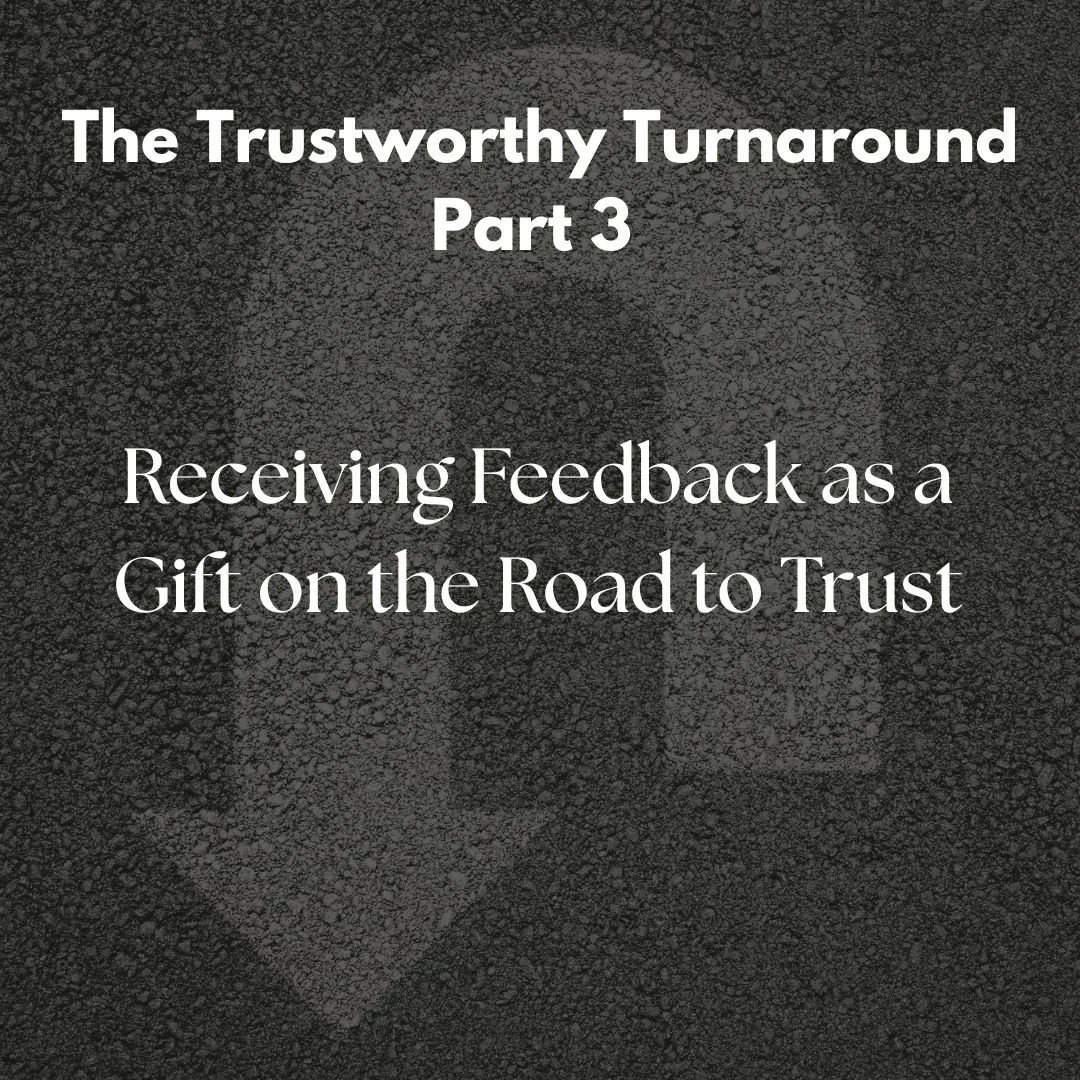
Receiving Feedback as a Gift on the Road to Trust
Feedback is often painful, especially for men in recovery who feel like their progress goes unnoticed. But what if feedback, even when it stings, is one of the most powerful tools for rebuilding trust? This blog examines why defensiveness destroys safety, how to slow down reactivity, and how to hear the truth inside your partner’s words. Combining psychological research, growth mindset principles, and practical tools from the Intimacy Pyramid, you’ll learn how to transform feedback from a source of shame into a catalyst for growth. By handling feedback with humility, you send one of the clearest signals that you’re becoming trustworthy again.

Building Safety Through Consistency, Not Control
When trust has been broken, safety is the foundation for rebuilding. But too often, men fall into the trap of trying to control outcomes—managing how their wives respond—rather than focusing on consistency. This post explores why control undermines recovery, and why small, reliable actions matter more than dramatic promises. Drawing from real coaching experiences, relationship research, and the Intimacy Pyramid, you’ll gain practical steps for becoming dependable without manipulation. Learn how safety grows one consistent choice at a time and why this steady approach creates the soil for real trust and intimacy to flourish again.

The “Trust Me” Trap
Discover why the common “trust me” approach after betrayal often backfires, and what men in recovery can do instead to rebuild safety and intimacy. This blog unpacks the dangers of performance-based recovery, where promises and checklists replace genuine transformation. Through client stories, practical tools, and the Intimacy Pyramid framework, you’ll learn how to shift from seeking approval to embodying honesty and consistency. If you’re tired of trying harder but getting nowhere, this post offers a new perspective on becoming truly trustworthy in the eyes of your partner.
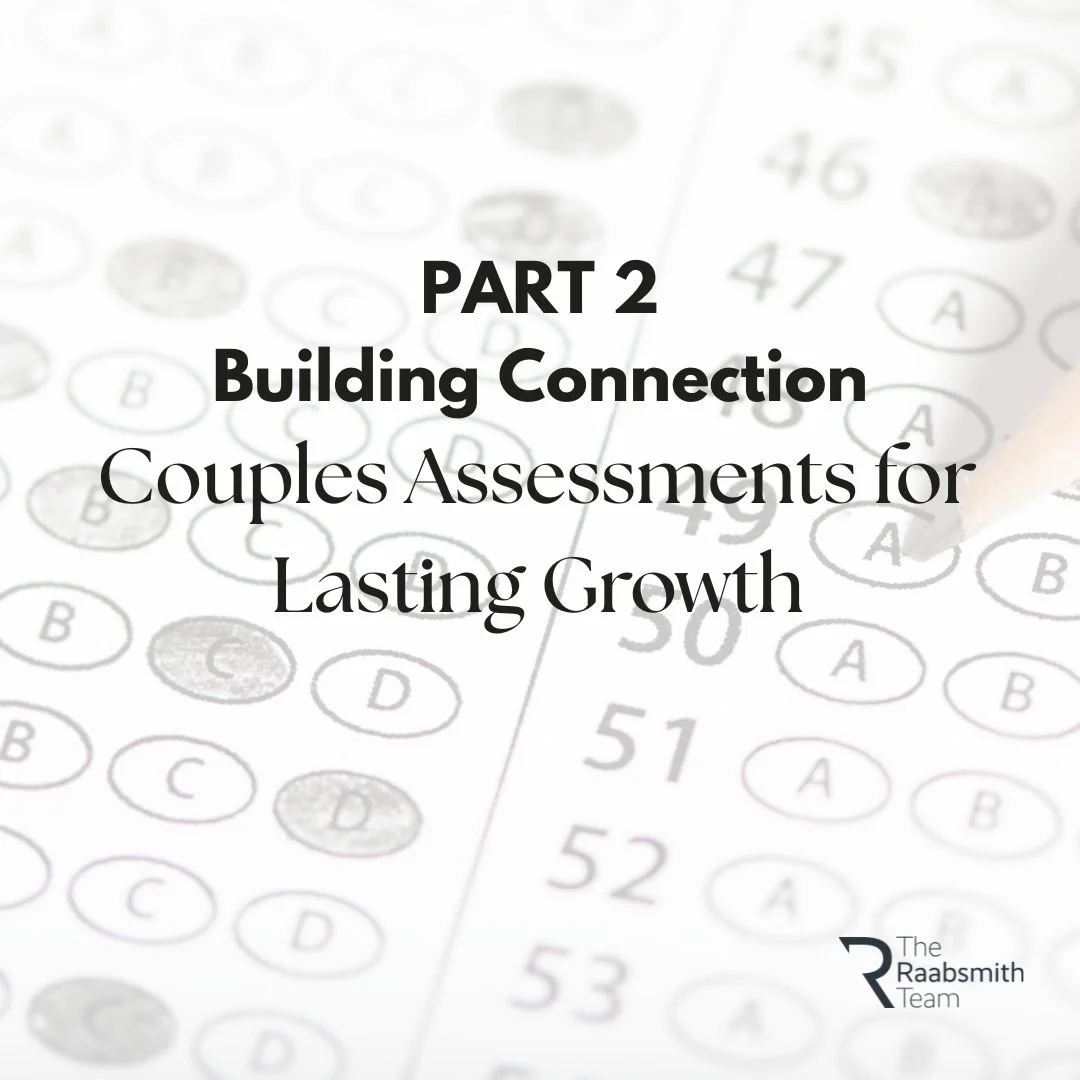
Building Connection—Couples Assessments for Lasting Growth
Learn how couples assessments using the Intimacy Pyramid™ help rebuild honesty, trust, and intimacy—plus our brand-new Relational Intimacy Assessment.
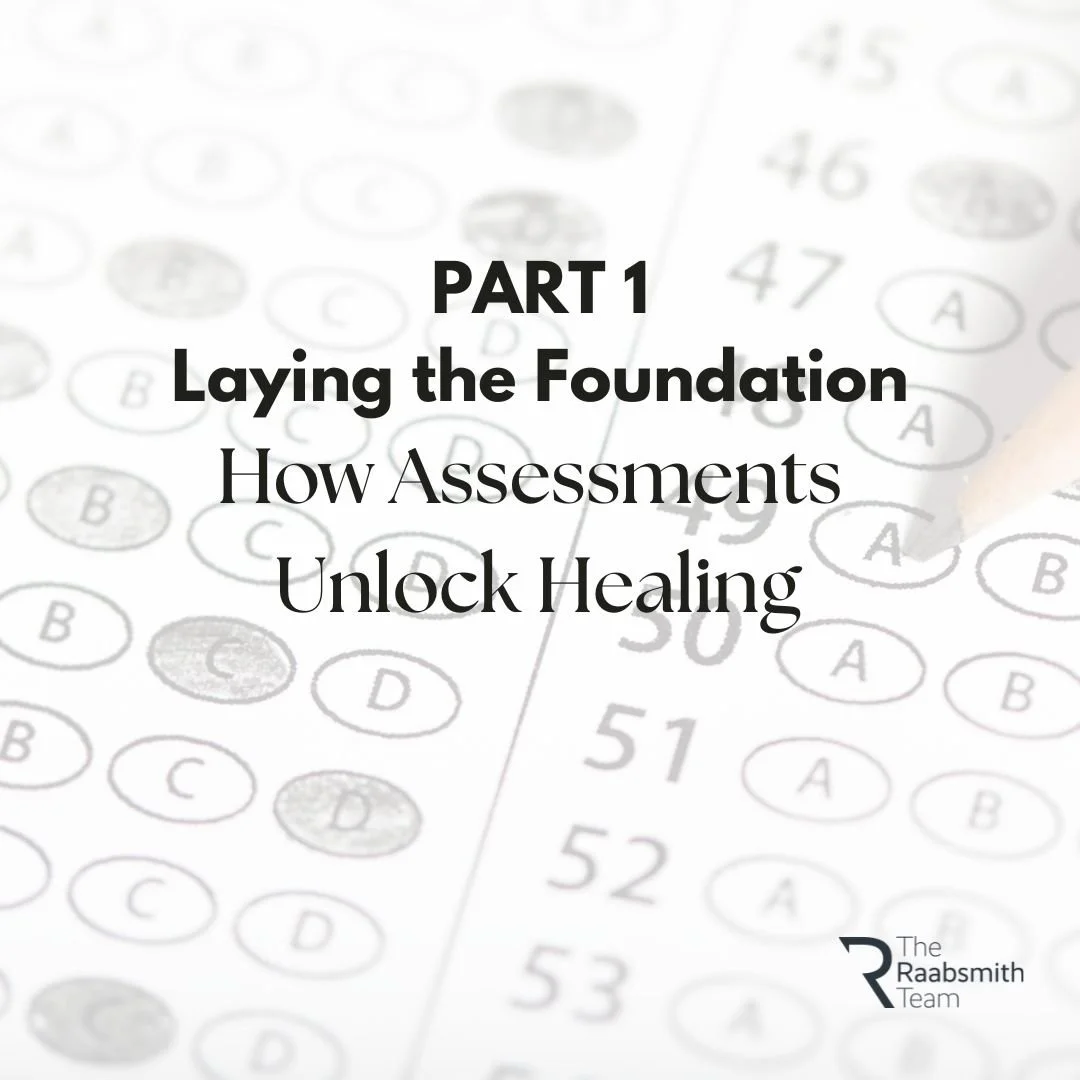
Laying the Foundation—How Assessments Unlock Healing
Discover how counseling and coaching assessments empower growth, increase self-awareness, and provide clarity—without judgment or labels.
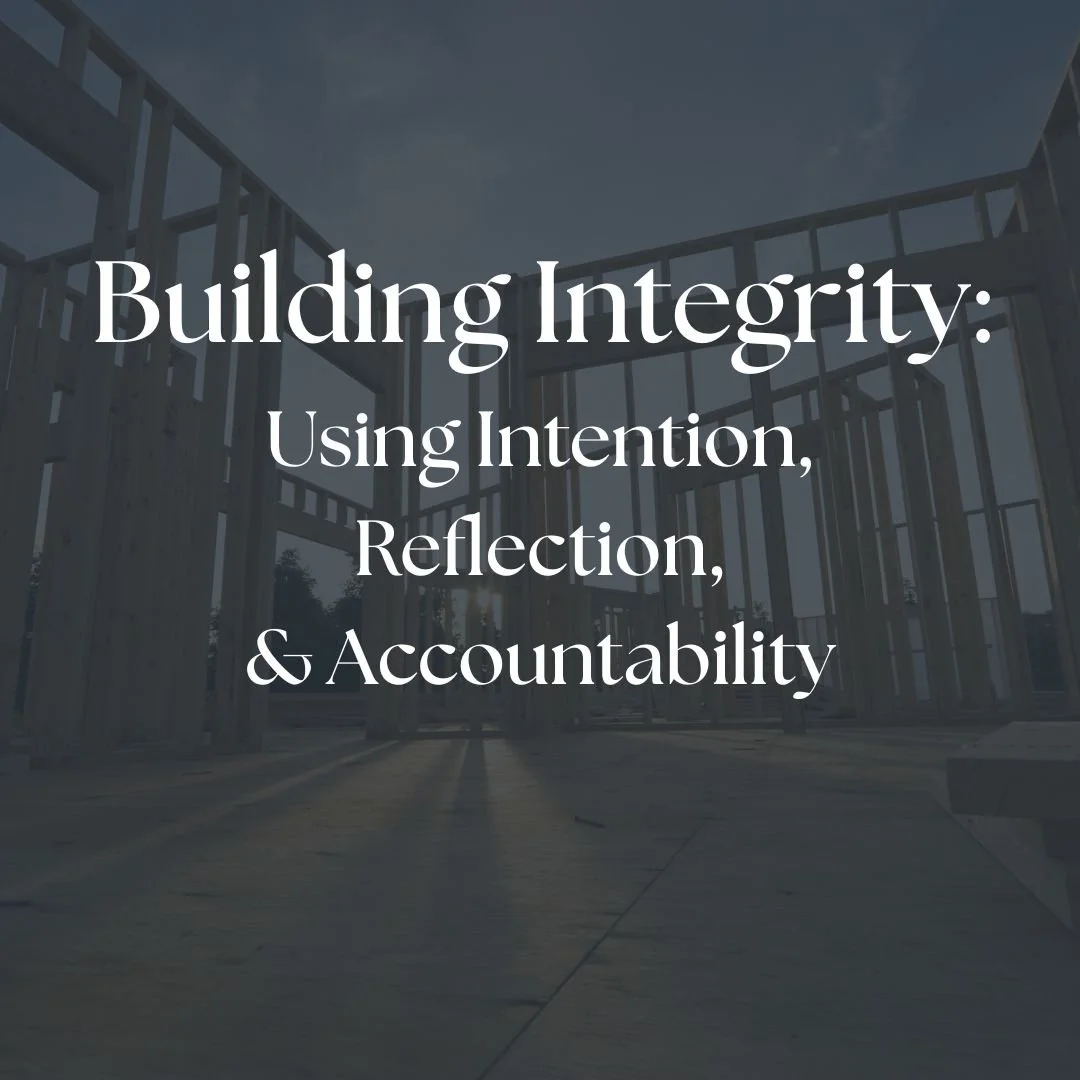
Building Integrity: Using Intention, Reflection, and Accountability
When you’ve lived through destructive choices—whether it’s sexual addiction, infidelity, or any other behavior that’s robbed you and those you love of safety and trust—you learn quickly that rebuilding your life isn’t just about quitting a behavior. It’s about becoming a different kind of man. Integrity isn’t something you can fake or shortcut. It’s built, brick by brick, through the way you live, think, and relate to others every single day.
Over the years, in my own story and in the hundreds of men I’ve coached, I’ve come to see three essential ingredients that create lasting integrity: intention, reflection, and accountability. Each one addresses a blind spot that keeps us stuck, and together they form a framework for sustainable change. Let’s walk through each.

Breaking the Conflict Cycle: Part 4
If competition and compliance are the survival modes of conflict, cooperation is the path to healing and intimacy. Cooperation is about shifting from “you vs. me” to “you and me”—a choice each partner must make individually before it can transform the relationship. This blog explores what cooperation looks like in practice: honesty without attack, listening with curiosity, balancing give and take, and seeking solutions that serve both partners. We also share how our clients use The Four Steps, a regulation tool we teach, to pause reactivity and return to conversations with clarity. Drawing from research, we highlight how the strongest relationships are often forged by facing tough external challenges together—like a championship team rising under pressure. Betrayal recovery, as painful as it is, can become one of those challenges that builds resilience and deeper connection when faced with cooperation.
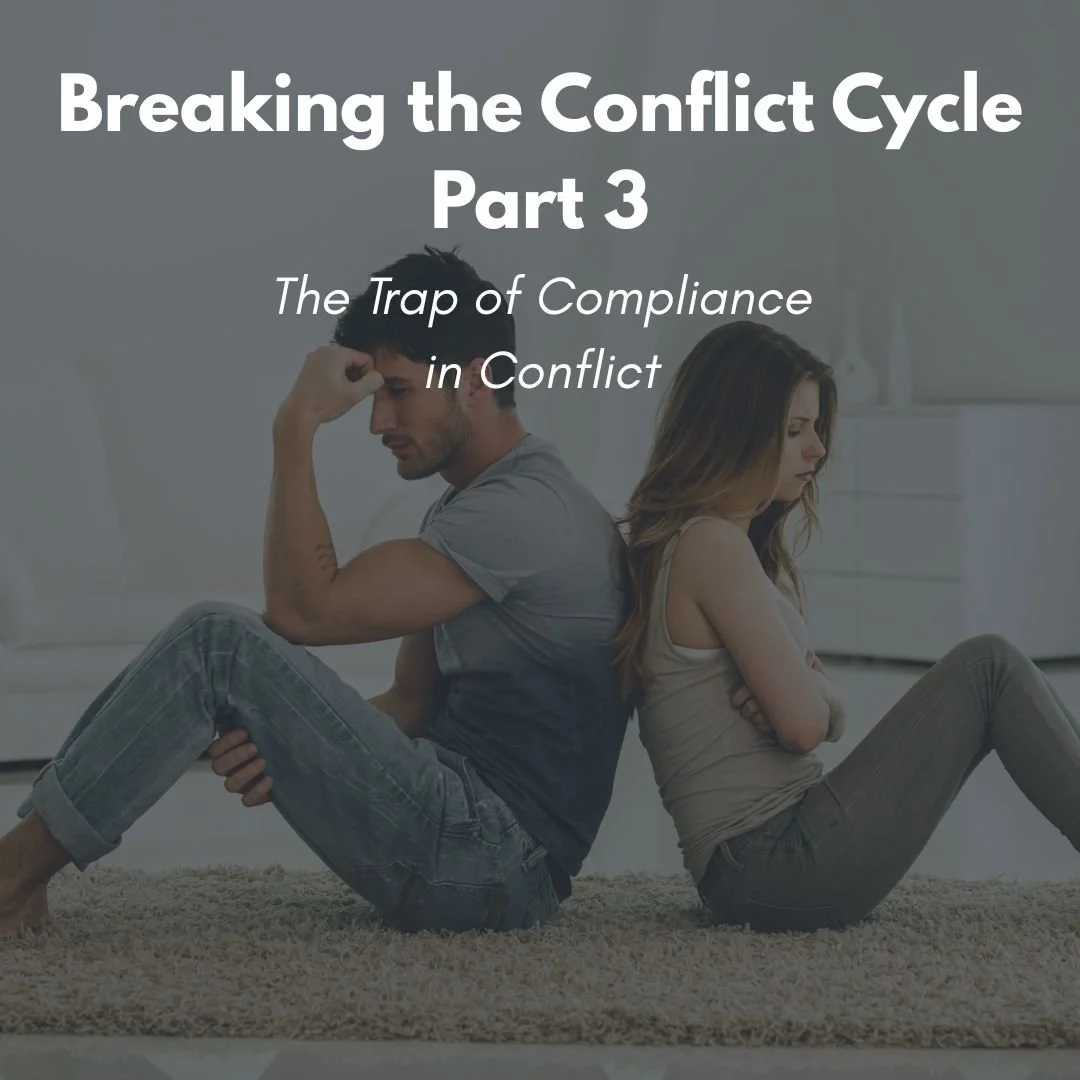
Breaking the Conflict Cycle: Part 3
Not all conflict after betrayal is explosive. Many couples fall into the trap of compliance, where one or both partners choose silence, avoidance, or appeasement in the name of “keeping the peace.” On the surface, this can look calm, but underneath it breeds resentment, loneliness, and disconnection. Betrayed spouses may avoid conflict out of fear that the marriage cannot withstand more pain, while betraying spouses may silence themselves out of shame or the belief that they’ve lost the right to have a voice. In this blog, Matthew shares his own story of defaulting to compliance, pushing feelings down, and eventually exploding in anger—illustrating how compliance only delays conflict rather than resolving it. Couples will learn why compliance erodes intimacy and how becoming more honest and present, even in small ways, is a necessary step toward trust and connection.
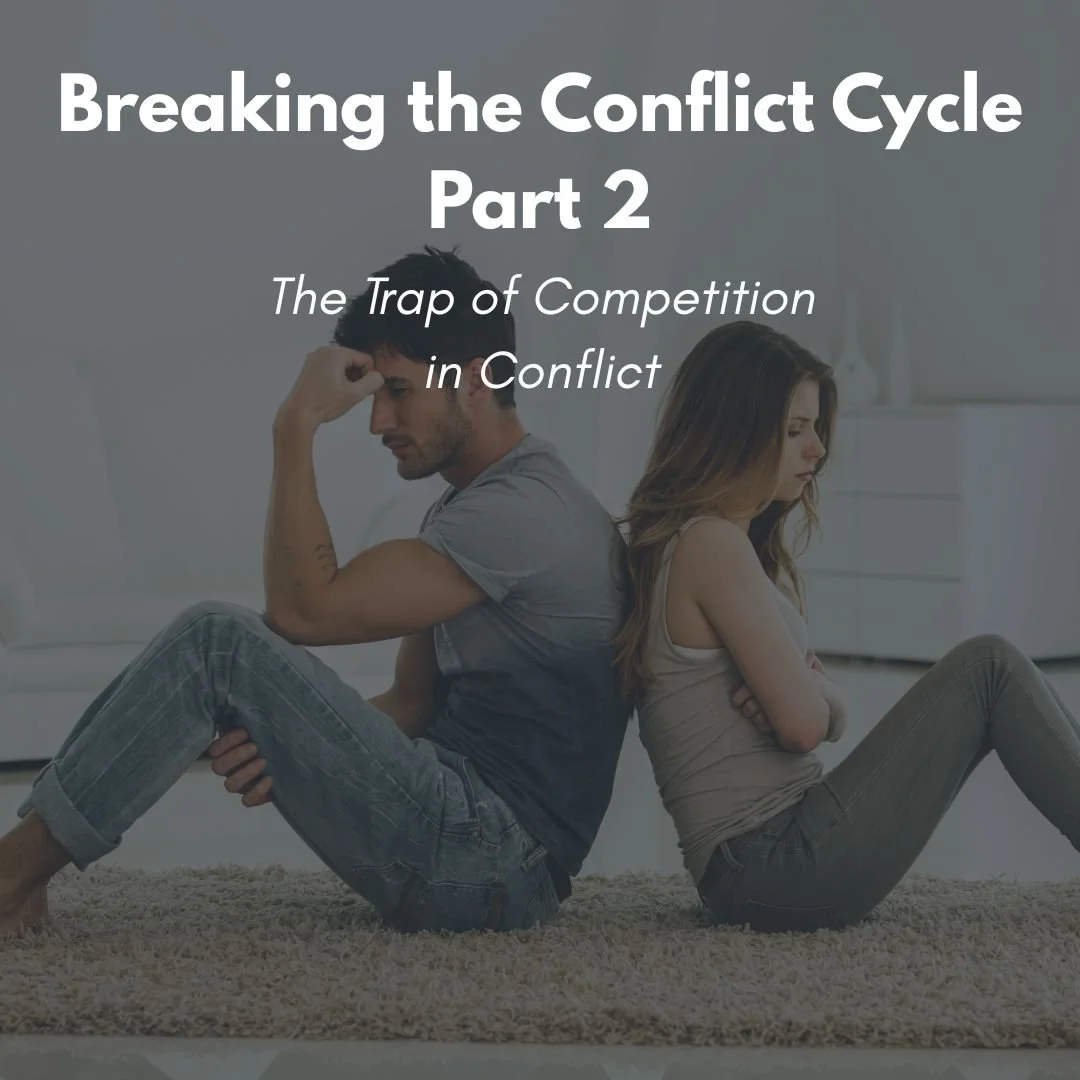
Breaking the Conflict Cycle: Part 2
Competition in relationships after betrayal is one of the most common—but most damaging—conflict patterns. It doesn’t always look like shouting or anger; sometimes it shows up as icy calmness or intellectual arguments meant to “win.” Whether loud or quiet, competition creates a “you vs. me” dynamic that erodes safety and intimacy. For the betrayed spouse, competition often comes from a desperate need to be heard in the very relationship that broke trust. For the betraying spouse, it often stems from shame and unresolved trauma that fuels defensiveness. In this blog, we explore the many faces of competition, how it keeps couples stuck in survival mode, and why winning an argument usually means losing connection. You’ll also hear personal reflections and client stories that illustrate how couples can recognize and name this trap as the first step toward healing.
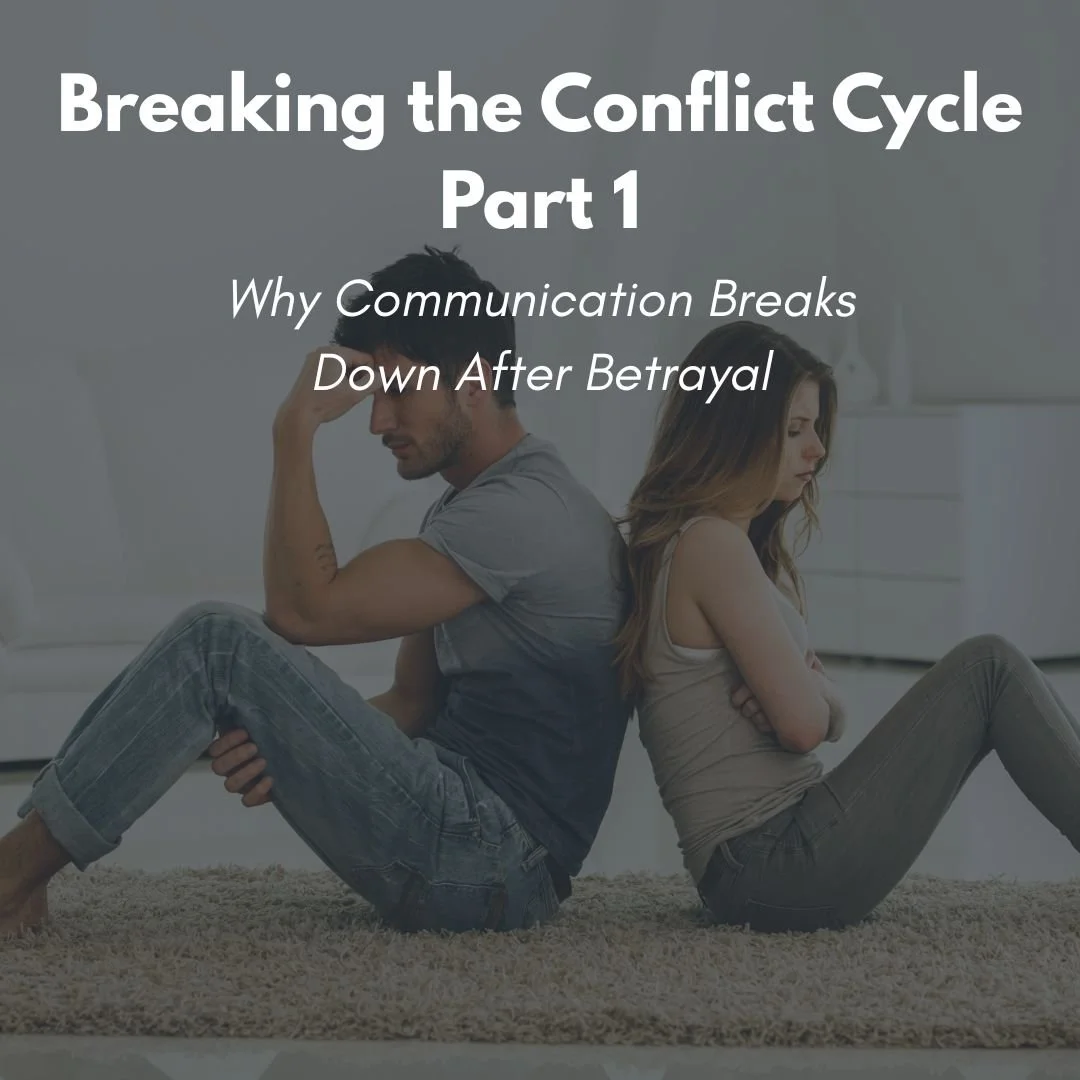
Breaking the Conflict Cycle: Part 1
When betrayal shatters a relationship, even the smallest conversations can feel impossible. Couples often believe they are fighting about money, parenting, sex, or schedules, but beneath the surface the real struggle is safety, trust, and survival. Betrayal activates the nervous system in painful ways, leaving the betrayed spouse hyper-alert in the very relationship where the wound occurred, and the betraying spouse weighed down by shame and past trauma from outside the marriage. This blog explores why communication feels so fragile after infidelity, why arguments escalate so quickly, and how trauma shapes patterns of conflict. By understanding what’s really happening under the surface, couples can begin to see conflict not as a sign of failure, but as an opportunity to build awareness.

Early Recovery Done Right - Part 2
Some people approach recovery like it’s a casual hobby: one meeting a week, maybe a podcast here and there, and a promise to “do better.” That almost never works—especially when the relationship is in crisis.
Our experience has been that those who invest heavily early—both personally and relationally—tend to see far more progress. That might mean:
Multiple recovery meetings per week
A season of therapy twice a week
Intensive weekends or workshops
Increased check-ins with accountability partners

Early Recovery Done Right - Part 1
The first 90 days of recovery can feel a little like trying to repair a leaky boat while you’re still out at sea. You’re bailing water, patching holes, and learning how to sail—while waves keep rolling in. If you’re in a committed relationship, you’re also carrying passengers who’ve just been through a storm you caused.
This is where a lot of people in recovery make a critical mistake: they try to steer the whole boat, rebuild it, and get everyone smiling and singing “Kumbaya” all at once. The problem? When you try to leap into relational recovery before you’ve established solid footing in your personal recovery, you can actually bring the whole process to a grinding halt.
The truth is: your primary focus in early recovery must be personal. That’s not selfish—it’s essential. The best gift you can give your relationship in these early days is to become a person who is steadily working on themselves.

When Less Becomes More
In the early days of recovery—whether you’re healing from betrayal, working toward sobriety, or rebuilding your marriage—it’s easy to want to devour everything.
Podcasts, books, courses, blogs, videos, worksheets… If it says “healing” or “recovery,” you want it.
It makes sense. You’re trying to save something precious—your relationship, your integrity, your future. Information feels like safety. Knowledge feels like control. And in many ways, learning is a huge part of healing.
But here’s the thing: more content doesn’t automatically mean more healing.
In fact, there’s a point where too much information actually slows you down. Instead of feeling empowered, you end up feeling scattered, overwhelmed, and discouraged that “nothing is working.”
